Report this entry
More from the same community-collection
First Mayor - Ben S. Dowell 1873 - 1875
The City of El Paso was incorporated by the Texas Legislature on ...
Outright Community Center - El Paso, Texas
Bi-Monthly Event: Drag Bingo - Outright Community Center in El ...
Primera Iglesia Bautista Mexicana
La Primera Iglesia Bautista Mexicana de El Paso, Tx. fue en el ...
Posing with Paydirt Pete and Amigo Man
From left to right are Circle of Giants Co-Chairs Rebecca ...
UTEP Cheerleaders at the Fifth Wall of Giants Exhibit
UTEP Cheerleaders at the grand opening of the Fifth Wall of ...
Visitors at the Fifth Wall of Giants Exhibit
A crowd of visitors gathers to view the Fifth Wall of Giants ...
Visitors Observing the Fifth Wall of Giants Exhibit
Visitors Observing the Fifth Wall of Giants Exhibit which ...











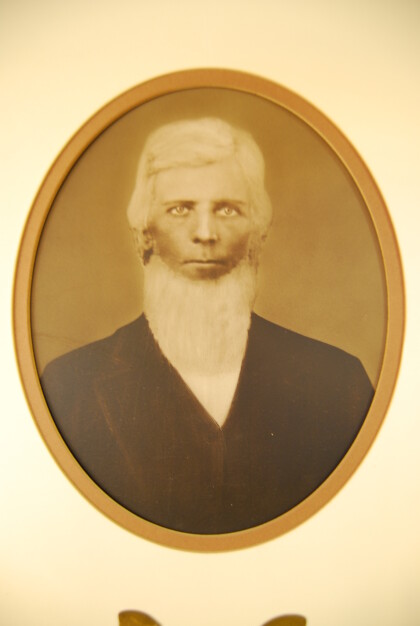
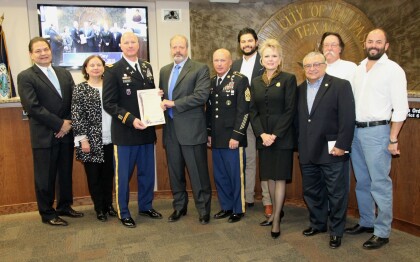


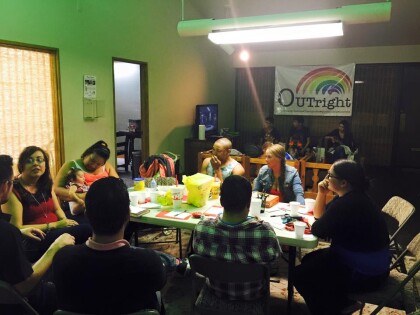
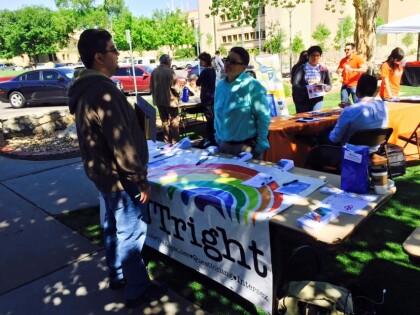
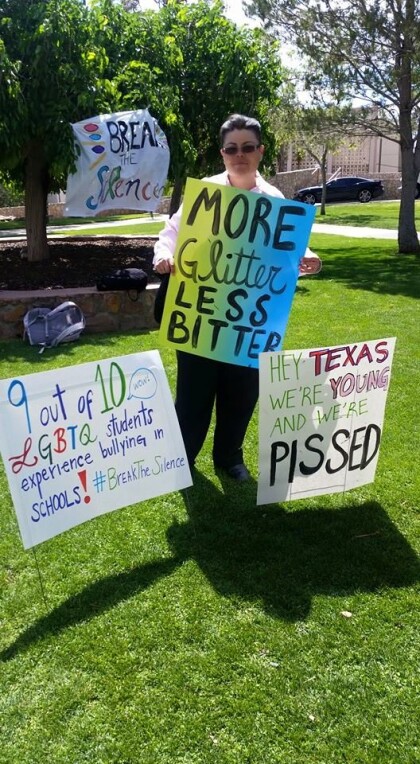

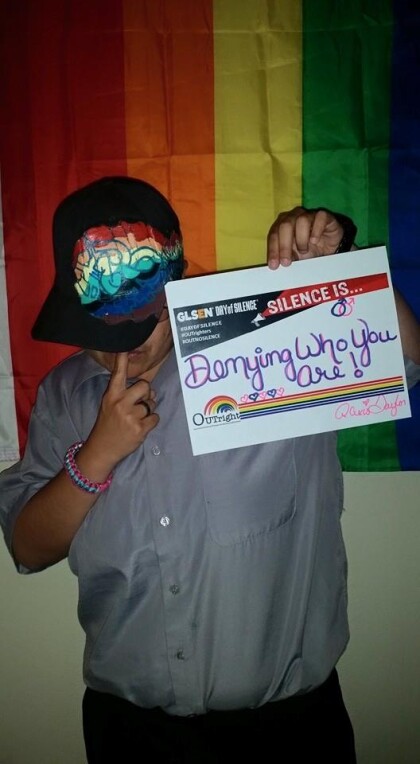
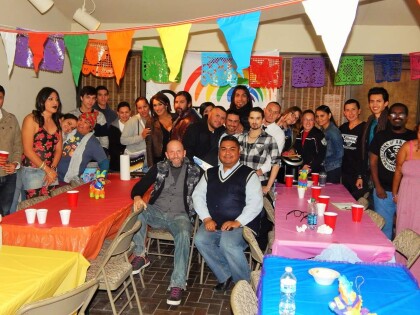
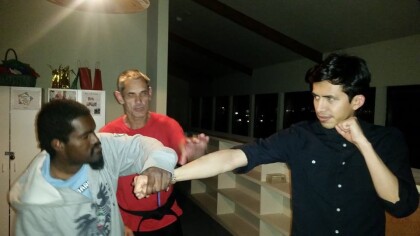


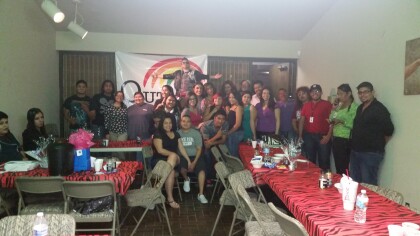
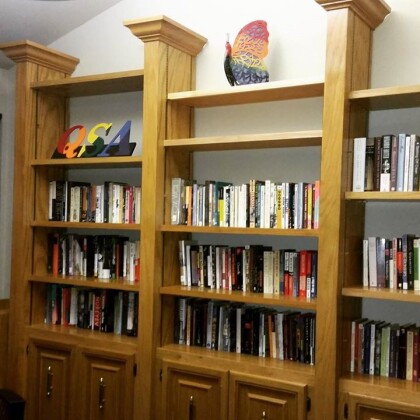
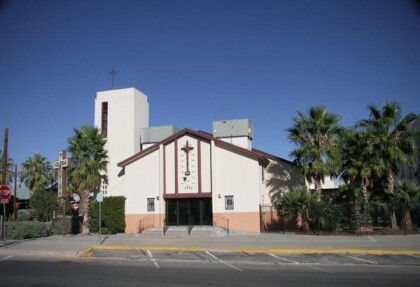
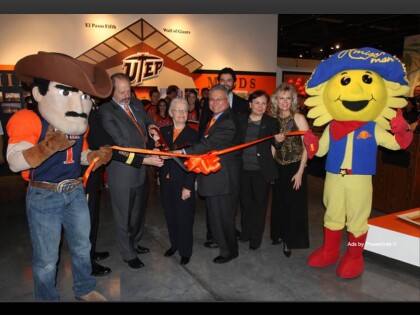

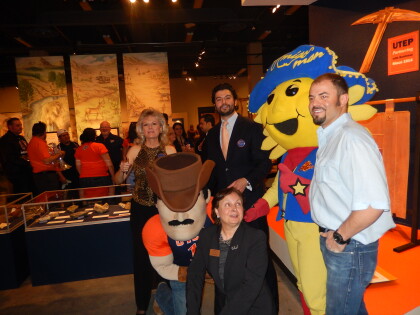
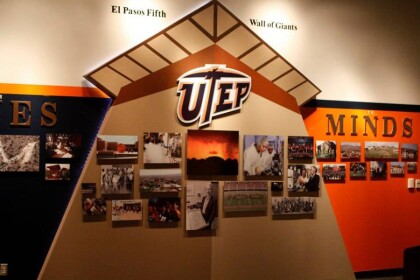

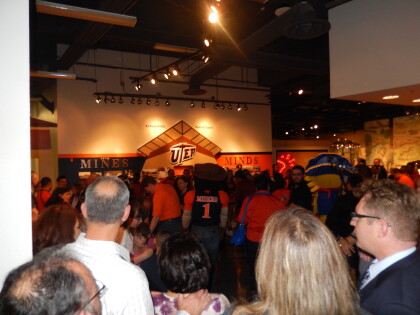
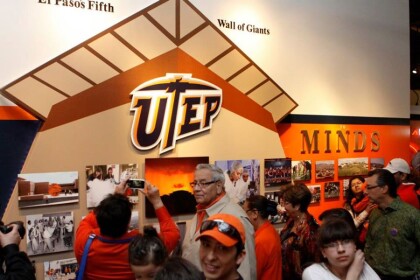
Comments
Add a comment